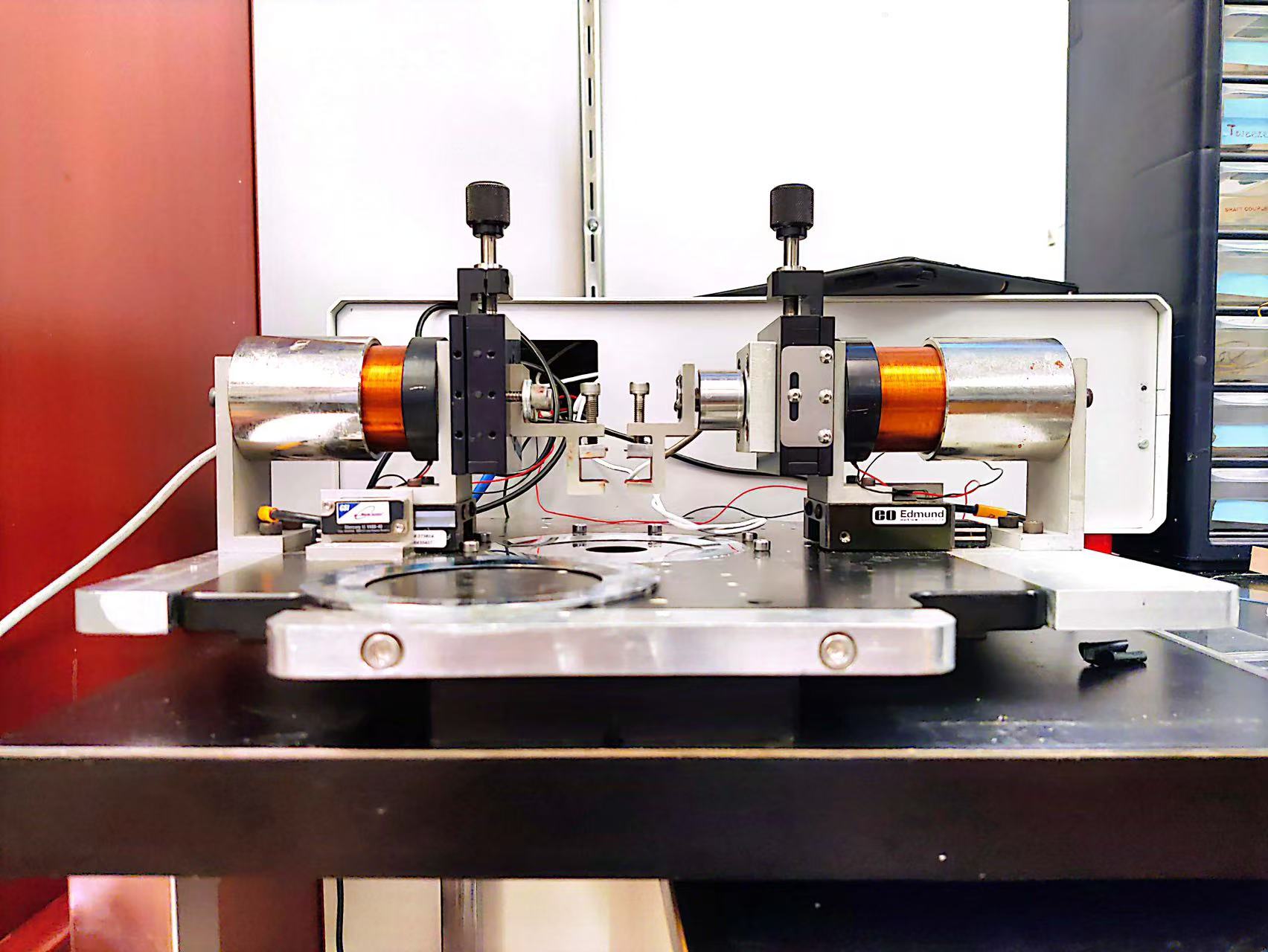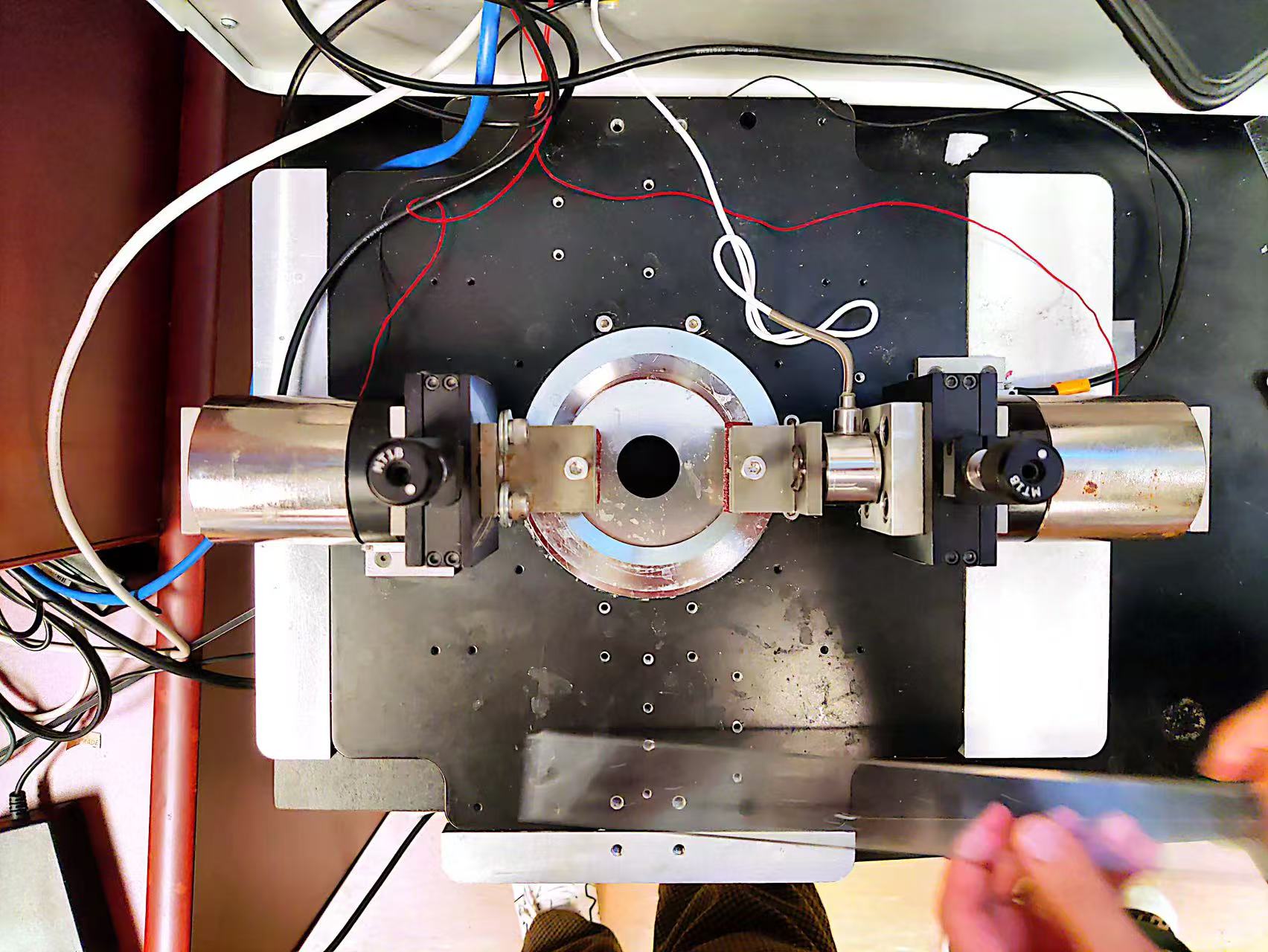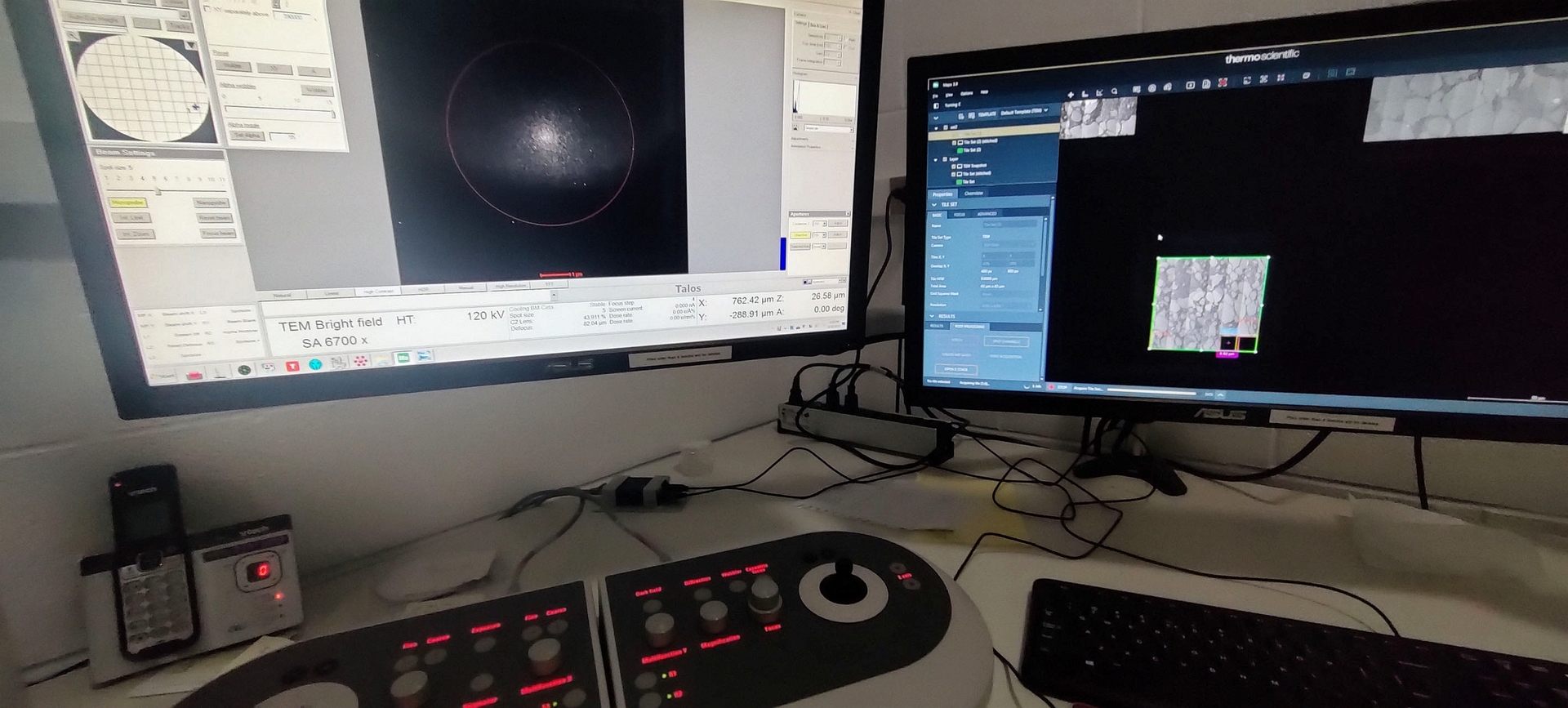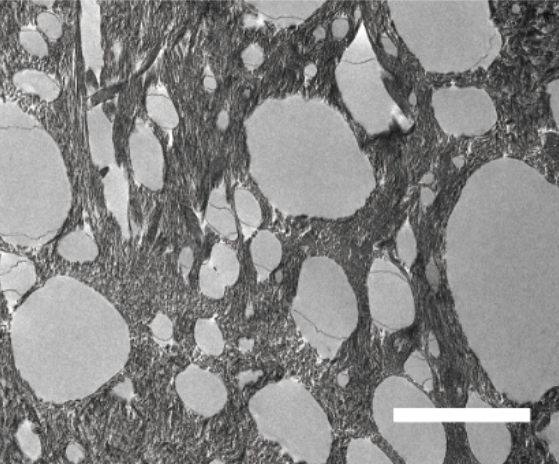Microfluidic Wet Spinning of Handleable Collagen Sheets Research @ Guenther Laboratory, University of Toronto
Y. Zhang, S. Malladi, B. Wang, D. O. Son, B. Hinz, E. L. Chaikof & A. Günther, “Microfluidic Production of Ultrathin, Handleable Collagen Sheets Exhibiting Toe-heel Tensile Behavior,” Advanced Materials Technologies, May 2025.
I worked as a research assistant at Guenther Laboratory, University of Toronto, under the supervision of Prof. Axel Guenther and Dr. Yuming Zhang.
(Link to the lab: https://guentherlab.mie.utoronto.ca/)
The research focus on the development of ultrathin collagen sheets using a microfluidic wet spinning process. One important part of the research is to validate the sheet's non-linear stress-strain loading behavior.
I was responsible for developing the control code for the material tensile tester, performing formal analysis, conducting investigations, curating data, writing the paper, and creating scientific illustrations.
Meanwhile, I've received TEM (Transmission Electron Microscopy) training, and completed part of the microscopic imaging and data collection for the material.




The tensile tester
I've developed a new control system (with software) for the tester, including but not limited to, a more user-friendly control panel, a more efficient single tensile testing process, and a cyclic loading test mode (dynamic load testing) where users can customize the tensile speed and amplitude.
Cyclic Stretching Mode


Diagram of tensile tester's electronics

Updated user control panel
Screenshot of some parts of the Labview project

I received training in TEM (Transmission Electron Microscopy) and am capable of independently conducting material imaging and organizing experimental data.
Afterward, I analyzed the 'droplet' patterns in the fabricated material, including void ratio and average distance, and organized the results.


The distribution of 'droplets' patterns of the collagen sheet
I've used the pre-trained YOLO computer vision model, combined with extra tuning and training, enable it to automatically identify and segment the 'droplet' patterns in the images, yield the distribution data for these patterns.
I also completed some of the scientific illustrations, wrote the results and discussion section, and organized the supplementary materials for the paper.
